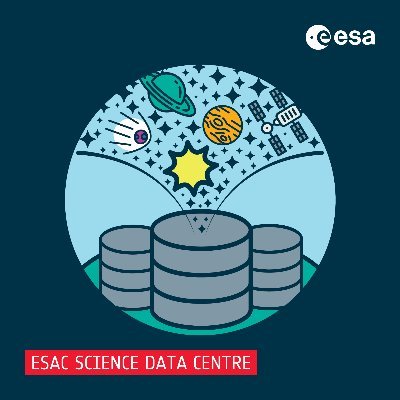
@ESAesdc
ESAC Science Data Centre, holding, curating and distributing science data from @ESA 's science missions to all scientists. The digital library of the Universe!

@ESAesdc
ESAC Science Data Centre, holding, curating and distributing science data from @ESA 's science missions to all scientists. The digital library of the Universe!